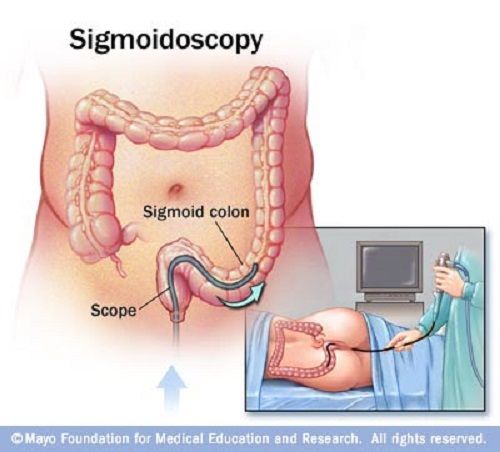Sigmoidoscopy

Sigmoidoscopy
Sigmoidoscopy is a valuable medical procedure utilized to examine the lower segment of the large intestine, encompassing the rectum and sigmoid colon. This procedure entails utilizing a sigmoidoscope, a slender, flexible tube equipped with a light and camera to provide real-time visualization of the intestinal lining.
Through sigmoidoscopy, healthcare providers can diagnose conditions such as polyps, diverticulitis, colorectal cancer, and inflammatory bowel diseases like ulcerative colitis. Notably, this procedure is minimally invasive and typically necessitates less preparation than a full colonoscopy. Furthermore, it can encompass biopsies or the removal of small polyps. Sigmoidoscopy stands as a valuable asset in the detection and management of diseases affecting the lower gastrointestinal tract.
A sigmoidoscopy examines only the lower part of the colon (sigmoid colon and rectum), while a colonoscopy examines the entire length of the colon. Therefore a colonoscopy can detect problems in the whole colon, while a sigmoidoscopy is limited to the lower portion.
- Sigmoidoscopies are performed to:
- Investigate causes of rectal bleeding, abdominal pain, or changes in bowel habits.
- Screen for polyps or signs of colorectal cancer in the lower colon.
- Diagnose inflammatory bowel disease or other rectal/sigmoid colon conditions.
- Preparation usually involves:
- Enemas to clean out the lower part of the colon.
- In some cases, a limited dietary restriction may be advised.
- Your doctor will give you precise instructions.
The procedure typically takes 15 to 30 minutes.

